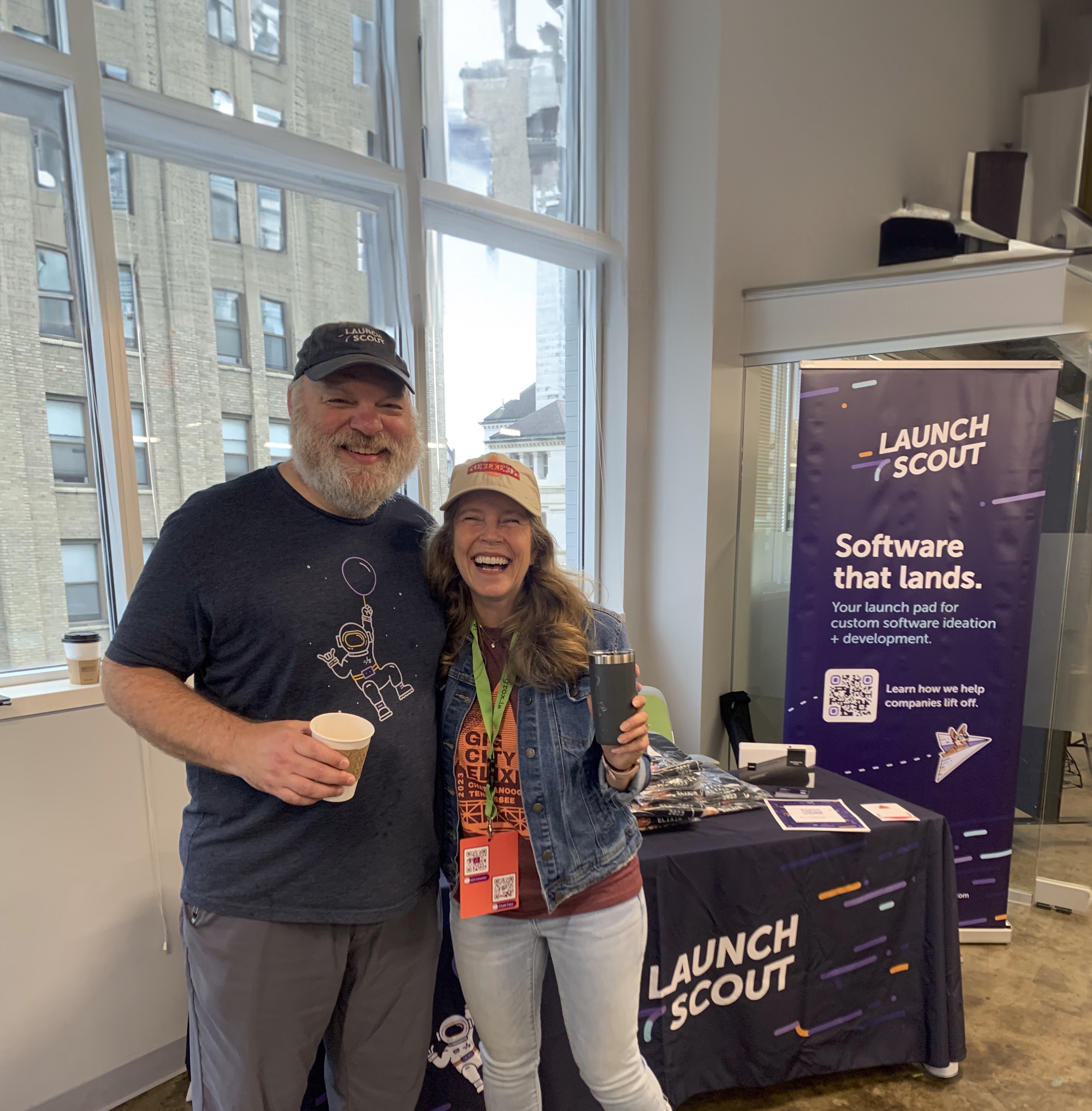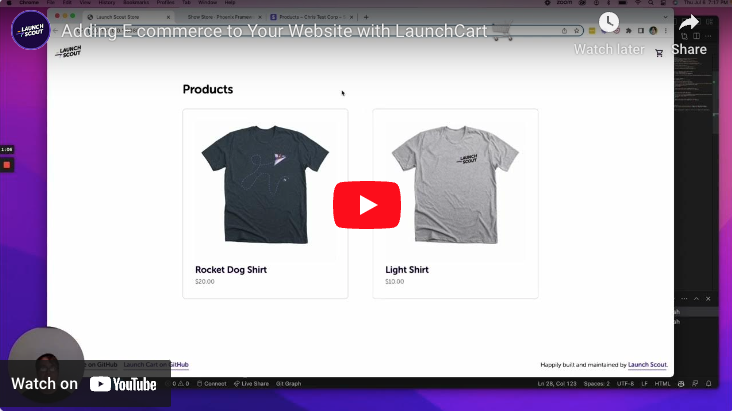
29 July 2020
Why you should build your app from a kid's perspective
We can learn so much from watching and interacting with kids. Their tiny, malleable minds experience the world innocently, and while this allows them to try new things with little hesitation, it also lets them quickly ditch things they don’t like, because there’s something else new and interesting within arm’s reach! We can look at software the same way children look at their toys; we want instant satisfaction, we want to “get the hang of it” swiftly, and we are quick to abandon an application if it fails to do its job. Poor experiences with everything from apps to children’s toys can be traced back to poor UX decisions. Take a look at how these seemingly simple design choices in toys connect to your multi-thousand dollar application investment and see what you can learn from the kids.
False Promises
It’s Christmas morning, and your little one opens up the present they were most excited for this holiday season. You dig through that thick plastic and pull off all those pesky twist-ties. Your child watches in amazement as their new obsession becomes almost tangible, but the excitement is cut short. The toy didn’t come ready-to-go with batteries, the package didn’t clearly warn you ahead of time, and you don’t have any extras around the house. You are now forced to deal with the frustrations of an unhappy child, and an unplanned trip to the store.
The same thing can happen with a new application. You plan your work with a team and spend a few days describing your business ideas and goals for the application, but on the delivery date a few months later, it just falls short of what you’d like it to do. Everything you described to the development team is there, maybe in small pieces, but it misses the allure and the great experience you hoped your app would promote. It may even be missing some of your main requests. Your hopes and high expectations are crushed by the development team’s inability to thoroughly understand your requests and implement a solution.
Too Much Overhead
When you open up that new toy or gadget, you expect it to be ready to go. Excessive time spent putting together your new purchase can not only deplete your excitement and delay your ability to use it, but it takes away from valuable time spent getting other things done. As consumers, we want instant gratification; we don’t want to spend hours putting together a toy or figuring out why it won’t work out of the box (unless that’s your thing!). While you should expect a little bit of setup time, hours begin to pass and it’s no longer just “setup” - and you and the little one are both frustrated!
Software applications should provide the same instant satisfaction that we desire in all other parts of our lives. You want your application to boast a streamlined setup process. You don’t want to spend hours figuring out how to set up the application, make an account, and get comfortable understanding of how the interface works. Struggling to even get the app started and put to use is a sign of underlying issues with the product and its development team. Time spent is money spent!
Too Hard to Use
The following may be all too familiar for some of us: a child opens up a new toy they were so excited to receive - only to play with it for a few minutes, set it down, and pick up a toy they’ve already had for years. You feel a sense of disappointment. Why did you spend the money? Why did you search through ten different stores and online sites just to locate someone that had it in stock? This is easily understood when we consider that children’s logical cognitive abilities are not fully developed until they are about 11 years old. Their toys need clear uses and goals (and need to be fun), or they’ll get bored and walk away from it.
Frustrating or difficult applications can drive us toward other, better products as well. Have you ever clicked off a site because it looked too busy, produced multiple 404 errors, or sent you to an unrelated page when you tried to navigate where you wanted? You visited the site hoping to accomplish something and were let down when you realized it couldn’t get the job done. You navigate back to your search engine and look for a different result. If you invested in an application like this, you immediately feel the sense of disappointment when you learn people are not visiting your site or are clicking off of it after a short period of time.
Lack of Feedback
Perhaps due to children having access to technology at younger ages, they are more inclined now than ever before to receive feedback from their toys. Especially in toys that aim to teach kids motor skills or challenge their minds, they need some sort of reassurance and positive reinforcement from the object in order to feel that sense of accomplishment when they do something right! A children’s toy that fails to produce sounds or music, or play recorded “great job!” messages when they accomplish a task will also fail to keep their interest for too long.
Adults chase the same dopamine rush of knowing they did something correctly. How often have you submitted a form on a website, just to receive no email confirmation, no “success” message, and no indication that anything was submitted? We’ve all likely experienced this, and we realize how frustrating it is while we are left wondering if the site even works or if we did something wrong. We need confirmation and reassurance, and we need our applications to provide that to us.
Just Doesn’t Look Good!
While we need toys and applications to perform their job and help us reach our goals, we also need them to look good! Children do not want to play with black and white toys - they want and need something full of bright colors, pretty lights, and a good interactive interface. This not only attracts them from the start but subconsciously keeps them engaged and wanting more.
Applications work the same way. We need an aesthetically pleasing balance of words and graphics. Nobody wants to interact with a website that looks like a PDF! A lack of pictures or graphics, or poorly placed pictures and graphics, results in strain on the eyes and something that just doesn’t look good.
The Gaslight Promise
Partnering with consulting developers and designers like those of us at Gaslight allows us to mitigate these types of design risks together. Not only do we start a deep-dive into your goals and business ideas before a project even begins, but we value and maintain a close connection with our clients in daily meetings. This permits us to fully understand not only what you hope to accomplish with your new application, but it gives us an idea of your company values and long term goals. This shared understanding makes it possible for us to consult and truly understand your requirements and even allows us to fill in the missing pieces to get you from your initial ideas to your dream application. Daily check-ins let you see our progress in real-time and ensures that we are providing exactly what you need. Our designers work to provide a seamless user experience from application start-up to the final moments of user activity. They’ll draw up sample pages, create example workflows, and consider how users of different types will use the app. They hand it off to the development team, who delivers fully-functional, well-tested code, then take it back to make it look its best. Before any of this work goes live, we’ll show it to you in a daily meeting and let you test each feature to ensure it exceeds your standards. Our daily practices and company standards eliminate the poor UX decisions that make users upset with their applications.
The idea for this blog from Brandon!


